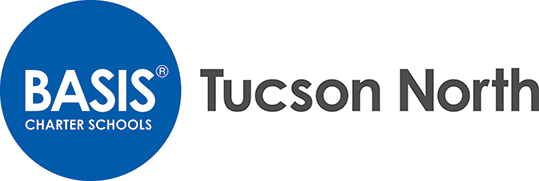Week 3: Navigating Databases, Analyzing DNA, and Gaining Confidence in the Lab
Daniel W -
This week, I made significant progress in understanding the databases and tools essential for my project while getting more hands-on experience in the lab. From running gel electrophoresis to analyzing promoter regions, each day brought me new challenges and insights!
I started the week with safety training on Edge Learning, which is crucial before conducting more independent lab work. Since Dr. Carver was unavailable that day, I used the time to engage with the senior project community by responding to blog comments and asking questions on others’ posts. I also started reviewing research papers on primer design, which would prove useful for the rest of the week.
The next day, I ran another DNA agarose gel electrophoresis with Dr. Carver, and I took a more active role with the procedure and the equipment. We wanted to confirm last week’s results on A375 KO cells—specifically, the absence of expected, correctly-sized DNA fragments. Since our results remained the same, we identified two possible solutions:
- Adjusting the PCR annealing temperature to optimize primer binding.
- Redesigning the primers to ensure they amplify the correct fragment size.
To better understand primer design, I worked through how Dr. Carver had selected her primers for the promoter she is currently working on. I explored NCBI’s Primer-BLAST tool, setting parameters such as product size (1,500-5,000 base pairs) and limiting searches to human genomes. I also learned to use the NCBI Genome Data Viewer to visualize gene structures and promoter regions. This process helped me grasp the importance of choosing precise primer binding sites.
Big news—on Wednesday, I confirmed that my project will focus on the cGAS gene! My research will explore cGAS gene expression during ferroptosis and its potential effects on other cellular pathways.
To prepare, I delved into research papers and the NCBI database to locate likely promoter regions for cGAS. However, one challenge is that different papers use different transcription start sites, meaning I must carefully cross-check sources to ensure I don’t make any mistakes.
During lunch, I attended a group meeting with Phyo and Nan (two PhD students at the University of Arizona), where we discussed transcription, mRNA splicing, and mRNA decay. A key takeaway was the importance of untranslated regions (UTRs), which influence gene expression by controlling mRNA translation after transcription.
On Friday, I continued honing my database navigation skills by watching a tutorial, “NCBI Minute: A Beginner’s Guide to Genes and Sequences.” This strengthened my ability to locate specific gene sequences and promoter regions.
Matthew and Dr. Carver attempted to improve PCR efficiency for Matthew’s promoter by adjusting the annealing temperature. Unfortunately, the yield did not improve, confirming that 60°C remains the optimal temperature.
I also observed a PCI extraction protocol, a method used to separate DNA from proteins. Unlike a basic cleanup, this process isolates the DNA completely, assuring purity for our future experiments.
To wrap up the day, I attended journal club, where we analyzed a paper on RNA structures and translation regulation. While the terminology was dense, it was a great opportunity to refine my ability to interpret scientific literature.
Throughout this week, I gained confidence in using the NCBI database and pDraw32, a DNA analysis program. These tools will be essential for accurately identifying and amplifying the cGAS promoter sequence. I also participated more actively in wet lab work and laboratory experiments, from running gels to analyzing PCR efficiency.
Looking ahead, I will finalize my primer design for cGAS, perform DNA extraction and digestion, and troubleshoot any issues. Each step is bringing me closer to constructing my final plasmid, and I will keep all of you updated along the way!
– Daniel

Comments:
All viewpoints are welcome but profane, threatening, disrespectful, or harassing comments will not be tolerated and are subject to moderation up to, and including, full deletion.